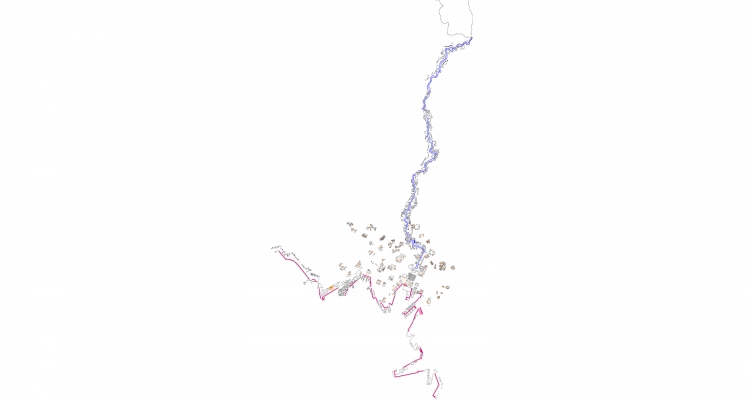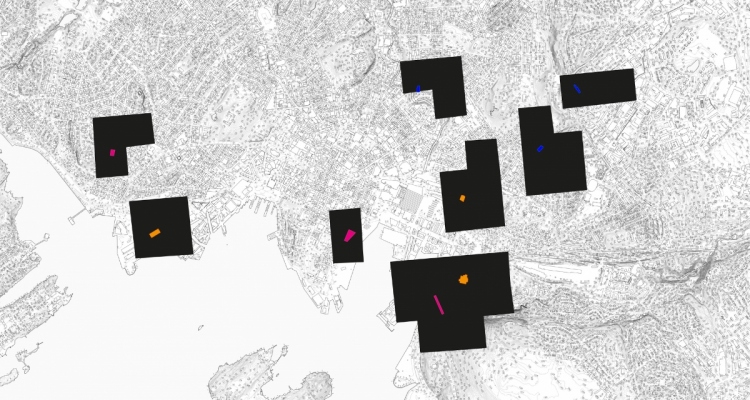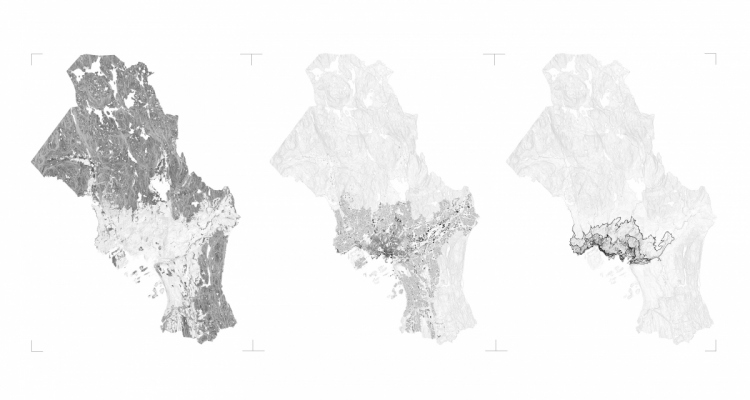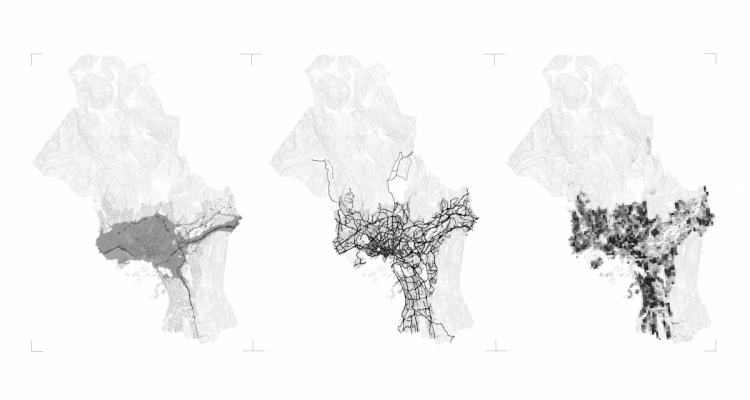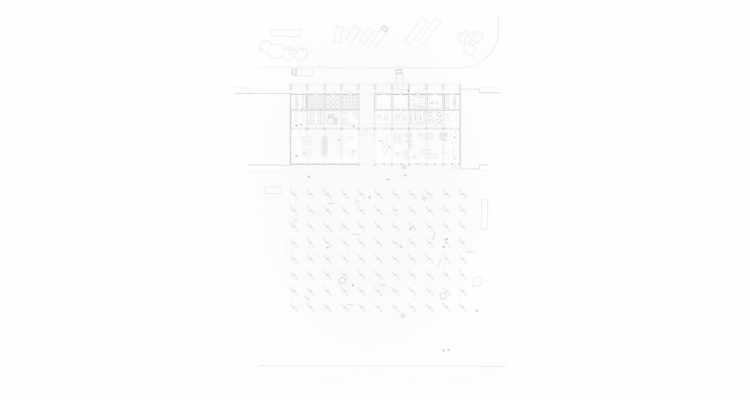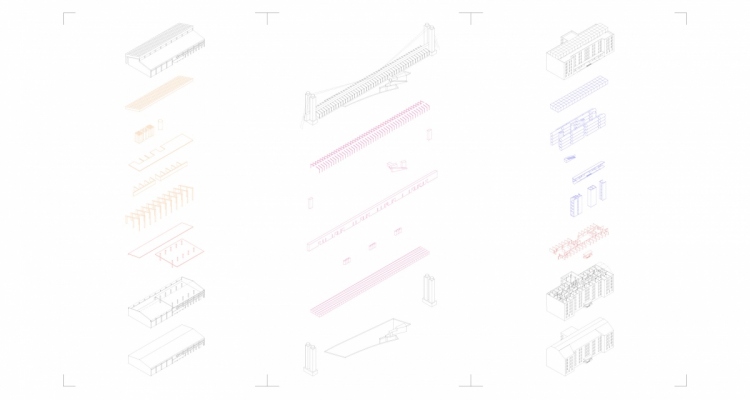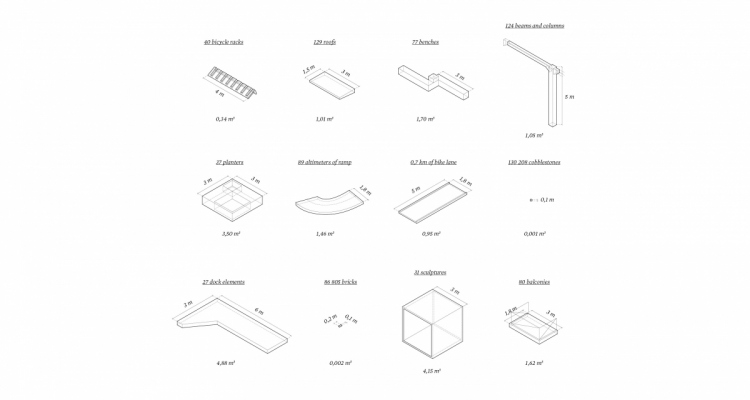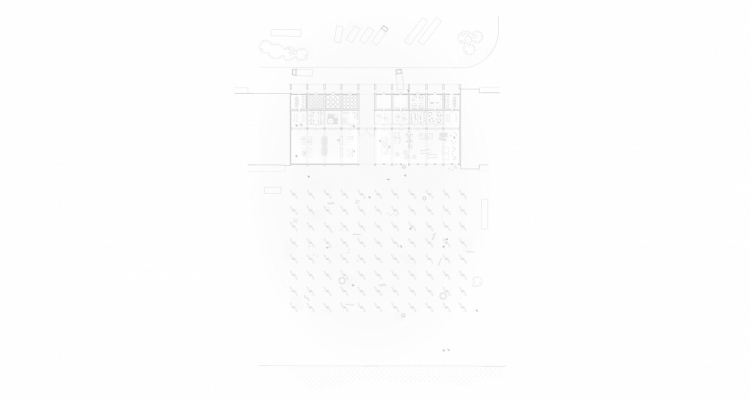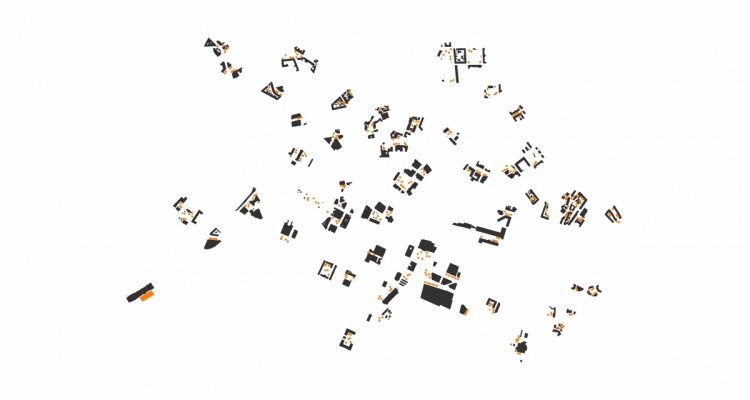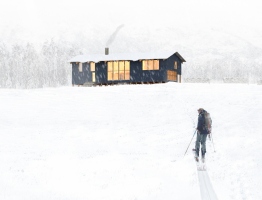Diploma project
Autumn 2021
Institute of Architecture
The thesis is based upon a prototype of the larger infrastructures of Carbon Capture, Utilisation and Storage, which are utilized in order to tackle the rapid escalation of climate change and emissions. The prototypes explore carbon capture as small-scale urban factories, rather than the mega-structure which may be expected. Running off the city as a resource (CO2), the manufacturing process (CCUS) materialises emissions into a tangible, informative asset. Thus, the thesis asks if urban production can contribute to the benefit of our climate and urban environment. My thesis is based on exploring the synergies between new technology, the urban environment and environmental challenges through global, urban and local scales.
Through technology and innovative discoveries, the Industrial Revolution introduced our urban environment to both new opportunities and new environmental challenges. Globally connected industries and manufacturing, large infrastructural networks and cheap energy - all technologies crucial to our cities and economy’s rapid growth - were developed during this period. Similarly, my thesis is based on exploring the synergies between new technology, the urban environment and environmental challenges through global, urban and local scales. The thesis is therefore a hypothetical project about climate change measures and urban industry in symbiosis.
In 2019, Oslo had 1 267 060 tons of carbon dioxide being released into the air. This is roughly the average yearly emission-rate in the Municipality. Translating this number into something more tangible, we can compare this to forest efficiency. To capture 1 millions tons of CO2 you would need over 800 square kilometers of forest, an area larger than the whole city of New York. In contrast, a carbon capture facility can capture the same amount on a 0.4 square kilometer footprint. In comparison, Oslo Municipality has about 300 square kilometers of forest, in theory enough to nearly absorb half of Oslos yearly emissions. However, the majority of Oslos trees and forests are dislocated from the urban center and polluting zones. The polluting epicenters in the denser urban area makes up the negative form of Oslos forests. My argument for climatic solutions needing to be locally embedded around its source of emissions are thus based on efficiency and size.
My hypothesis is based on exploring carbon capturing in fragmented, smaller scales - closer to that of trees - which utilizes the city as a resource. The project is therefore conceptualized as a network or series of acupuncture projects, responding locally to the same challenges which similar large scale industries address in non-urban contexts. The thesis aims at exploring these potentials through the development of a prototype which is applied, calculated, and tested through varying case studies and scales in polluted city-zones in Oslo, Norway.
Based on mapping exercises in which emissions, topographical conditions, and site categories were researched, the project is narrowed down to sites in particularly high pollution zones in Oslo. There are three site typologies, three corresponding utilisation concepts, and three corresponding urban strategies. For the strategy to be applicable to different cities and geographical conditions, I have chosen to work with a group of generic sites, which I assume can be found in many cities. The three generic sites are; Industrial buildings and areas, today very few in Oslo are not yet developed for housing or retail; unintended urban spaces, commonly found as voids appearing between infrastructure and development; and temporarily vacant buildings, which in Oslo are mostly owned by the Municipality, but not developed nor used at the moment.
I have wanted to explore how carbon capture infrastructures are scalable from mega-structures to integrated small scale urban industries. This is based on a historic analysis of the relationship between the industrial revolution and the urban impact of new technology. In parallel, I have developed a deep technical understanding of carbon capture technology today. The thesis has then explored the architectural potentials and potential relationship to urban contexts that carbon capture infrastructures entail, suggesting that a sustainable carbon capturing future can integrate within urban development and planning.
Through my research I identified many potential answers and possible scales applicable to the hypothesis. In order to study possible scales and applications, the thesis applies the prototypes to three possible scenarios. These scenarios are generic conditions that can be found in cities throughout the world, which for this research case are deployed in Oslo, Norway. The scenarios are industrial buildings, unintended urban spaces, and temporarily vacant buildings, which the thesis argues could be replicated in many other urban contexts.
The thesis then designs a proposal for each site. The proposals have the goal of demonstrating how carbon capture can generate urban and architectural form - ranging from large and small urban furniture, to trees and street lights - thus creating interactive and tangible components within the rest of the city. The thesis then posits a potential methodology of site-specific architectural proposals based on a technical CO2 analysis of each site, with the ambition to inspire other cities, architects, planners, and policymakers on realistic and tangible strategies to integrate urbanism and architecture with carbon capture technology. This will be a vital component of achieving the crucial goal of carbon neutrality in the very near future, and the thesis believes to demonstrate that architecture and urbanism have an important role to play.
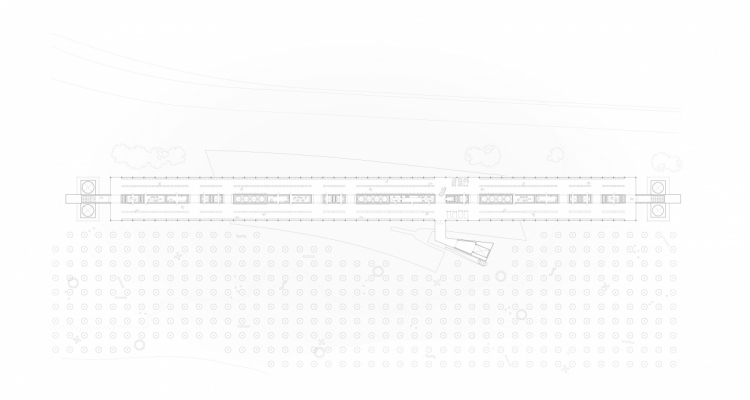
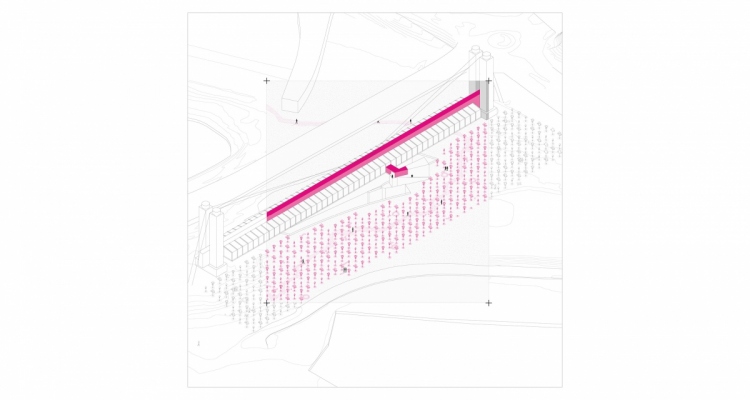
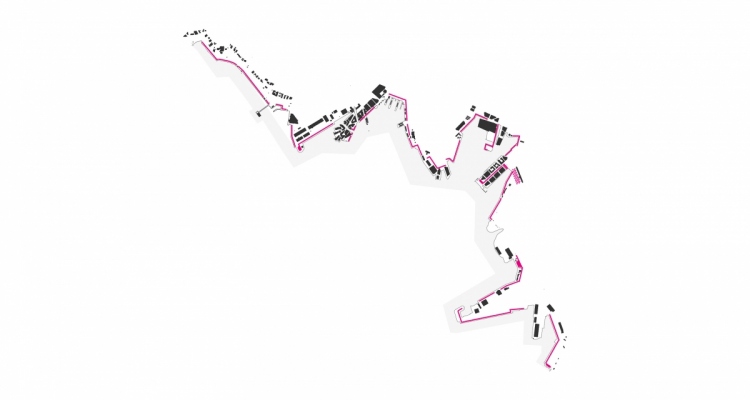




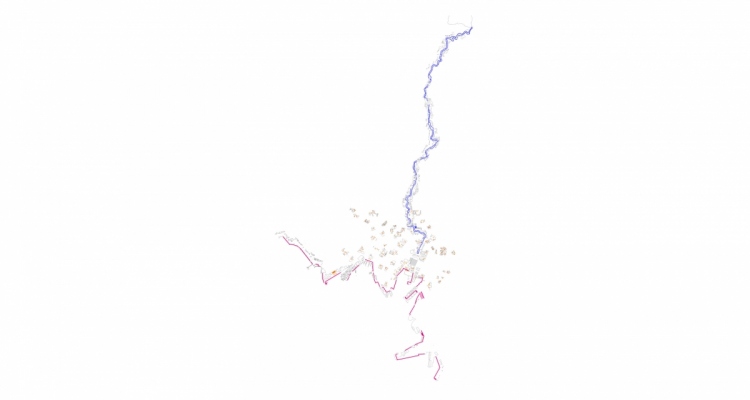

Julie Krogstad / Julie.krogstad@gmail.com
